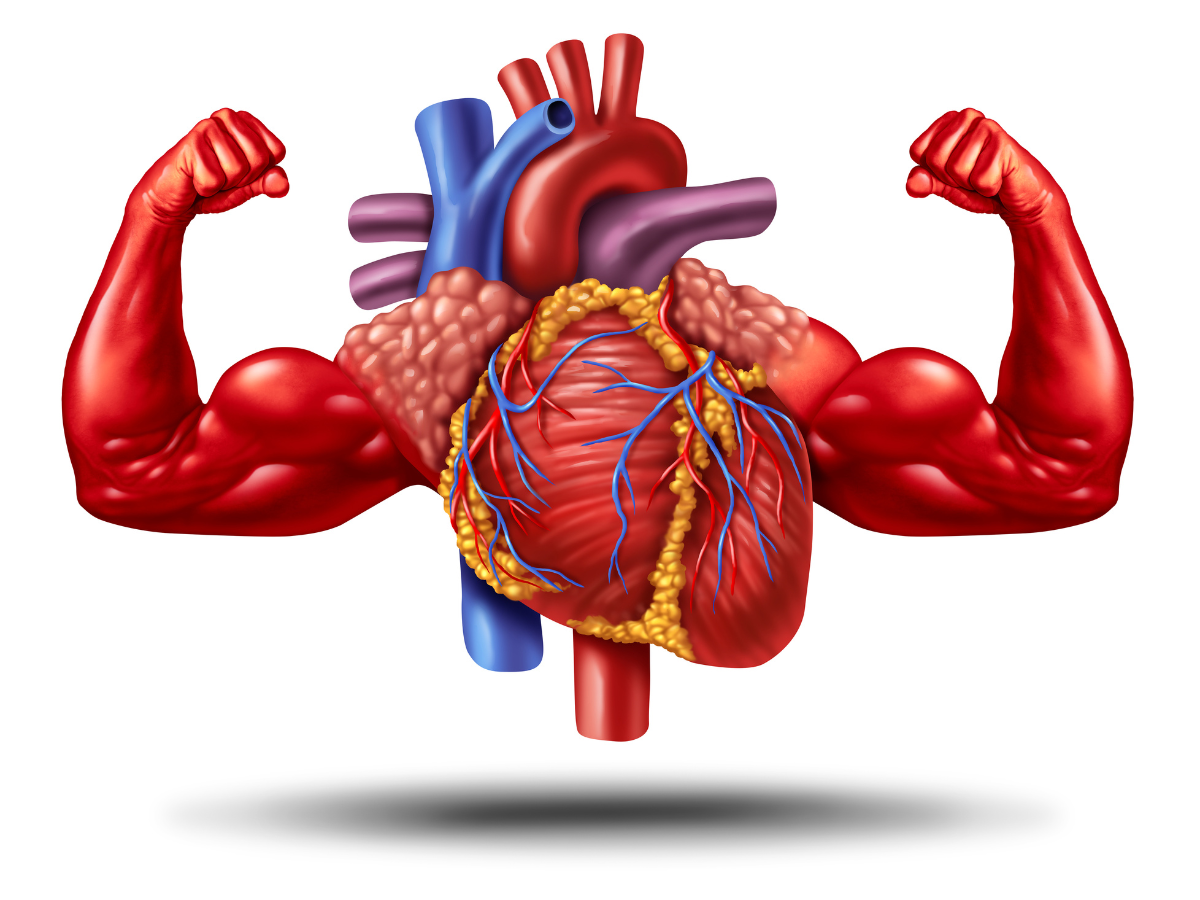- close
01/12Are you taking good care of your liver? Signs that say you don't
02/12Importance of healthy liver
The liver is a vital organ responsible for crucial bodily functions. It continuously produces bile, aiding fat-to-energy conversion which is important for digestion. It also removes toxins and harmful substances from the body, helping in regular purification. Overlooking its care can result in significant repercussions, often evident through subtle yet important signs. Here we list some symptoms that indicate whether your liver is in a bad shape, because recognizing these indicators is the initial step towards taking proactive measures to protect your liver and, by extension, your overall well-being.
03/12Loss of appetite
A noticeable reduction in appetite can be an initial sign that your liver might not be functioning optimally. Sudden change in food or eating patterns and having an aversion to some of your favourite foods could also be a sign of your liver not being in good health. The liver's involvement in metabolism and digestion means its impairment can affect your desire to eat and enjoy meals.
05/12Terry's nails
Terry's nails are a medical condition characterized by a specific appearance of the fingernails. In this condition, the nail beds (the area under the nails) appear pale or white, often with a narrow band of normal pink or reddish color at the tips. This can be caused by various underlying health issues, dominantly liver damage. The altered nail appearance is attributed to changes in blood supply and protein composition in the nails.
06/12Blisters and scars on skin
Porphyria Cutanea Tarda (PCT) is a condition where the skin gets easily hurt and forms painful blisters when exposed to sunlight. This happens because of certain proteins (porphyrins) building up in your liver and then moving into your blood and skin. These proteins make your skin very sensitive, especially when you're out in the sun. This excess porphyrin accumulates in the skin, making it sensitive and causing blisters, scars and increased hair growth.
07/12Dark neck creases
Excessive insulin in the body due to insulin resistance, often associated with fatty liver disease and irregular liver function, can lead to acanthosis nigricans. This condition is characterized by darkening of the skin in certain areas like the neck crease, resulting from this surplus of insulin.
08/12Discomfort in the upper abdomen
Experiencing discomfort or a dull ache in the upper right side of your abdomen could signify underlying liver inflammation or congestion. The discomfort might range from a mild, nagging sensation to a more pronounced and persistent ache, depending on the extent of liver involvement. Monitoring and assessing this discomfort can offer insights into potential liver health concerns that might need immediate medical attention.
09/12Yellowish tint on skin or eyes (Jaundice)
Jaundice, recognizable by the yellowing of the eyes and skin, serves as a prominent indicator of compromised liver function. The liver's challenge in processing bilirubin, a yellow pigment derived from the breakdown of red blood cells, leads to its accumulation in the body, resulting in this distinctive discoloration. Bilirubin, typically metabolized and excreted by a healthy liver, can build up when the liver is not functioning optimally.
10/12Buildup of fluid in the abdomen (Ascites)
Ascites, the accumulation of excess fluid in the abdominal cavity, can result from diminished albumin production by the liver. Albumin, a crucial protein, helps regulate fluid balance. Ascites can cause discomfort, abdominal swelling, difficulty in day to day movements and difficulty breathing.
11/12Pale stools
Normal stools derive their brown color from bile produced by the liver. If the liver isn't functioning optimally, it may produce inadequate bile, leading to pale or clay-colored stools. This alteration in stool color can serve as a noticeable indication of liver issues.
12/12Unhealed bruise and wounds
The liver plays a vital role in producing essential proteins necessary for blood clotting. However, when the liver is damaged, its ability to generate these clotting proteins is compromised. This reduction in clotting protein production leads to a heightened vulnerability to bruising even from minor injuries. Moreover, the impaired clotting mechanism results in prolonged bleeding from wounds that would typically clot swiftly. If any of the above symptoms seem familiar, it is time to get checked by a medical professional to rule out any further complications and medicate as necessary.

 1 year ago
378
1 year ago
378





























 English (US)
English (US)